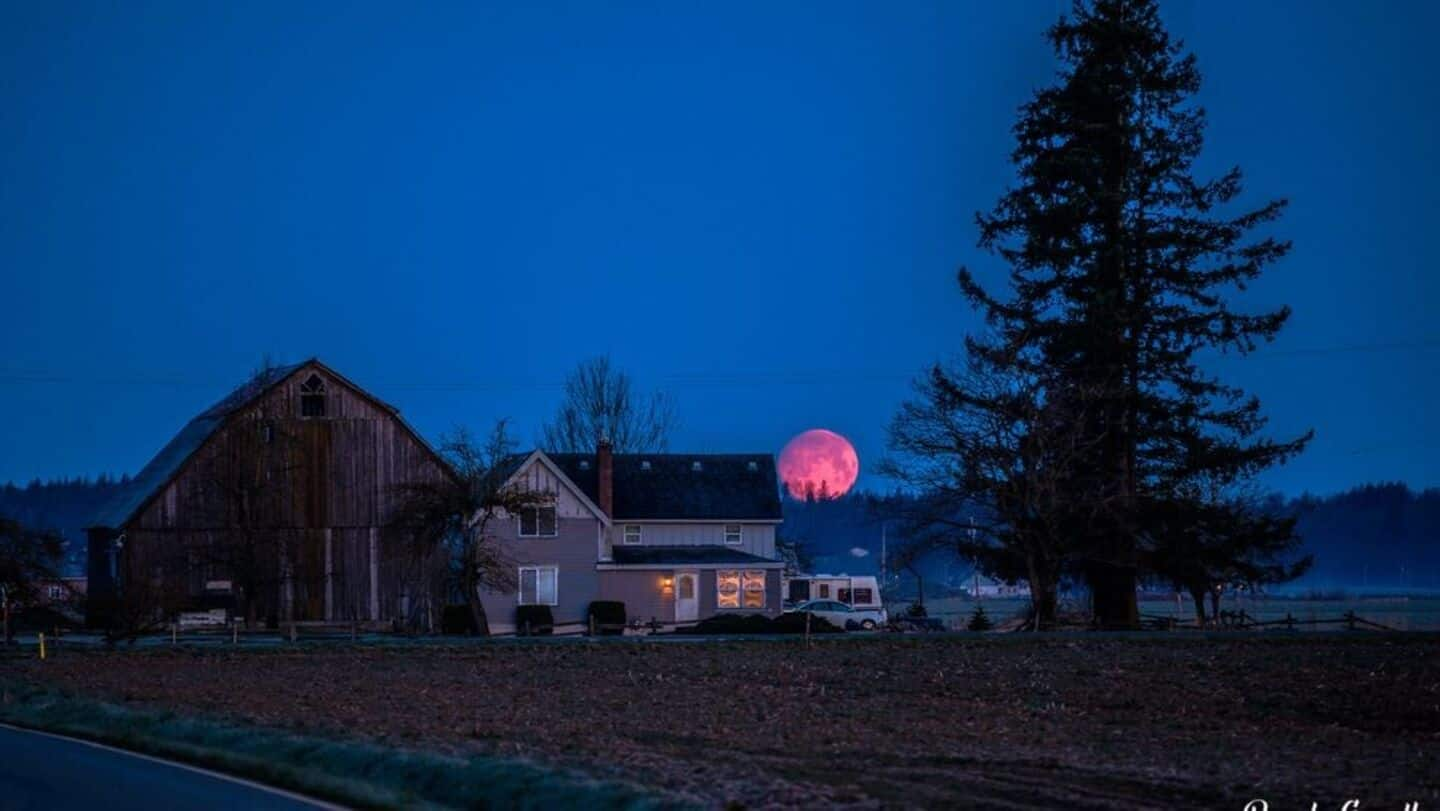
Pink Moon, Lyrid meteor shower: Unmissable celestial events this April
What's the story
April 2025 promises to be an extraordinary month for both avid stargazers and casual sky enthusiasts.
The month will see several astronomical events, including the Micro Pink Moon on April 13 and the Super Pink Moon on April 27.
Between these dates, you can witness the Lyrid meteor shower peaking around April 22.
Here's a guide to these cosmic occurrences that are sure to captivate anyone with a passion for astronomy.
First event
Micro Pink Moon: A celestial treat
April's full moon is commonly known as the Pink Moon, named after the pink ground phlox wildflowers that bloom in North America.
This year's Micromoon will be a little smaller than usual, owing to its position at the furthest point from Earth.
A Micromoon occurs when a full moon or new moon coincides with the Moon's apogee, the farthest point from Earth in its elliptical orbit
The Micro Pink Moon will grace our skies on April 13.
Second event
Mercury's maximum elongation: A rare sight
On April 21, Mercury will attain its greatest elongation westward, making it the most distant from the Sun in the dawn sky from our perspective on Earth.
This will be a rare opportunity to catch this elusive planet before sunrise.
As it glows low on the eastern horizon, stargazers should gear up for an early morning observation session.
Third event
Lyrid meteor shower: A celestial spectacle
One of the oldest known meteor showers, the Lyrids, is expected to peak around April 22-23.
Under perfect conditions, as many as 20 meteors could be seen per hour. For best viewing, stargazers should face the constellation Lyra after midnight during this time.
On April 23-24, Earthshine will light up the unilluminated side of the Moon during its Waxing Crescent phase.
This phenomenon, also referred to as Da Vinci Glow, makes the Moon look beautifully lit against the dawn sky.
Fifth event
Super new moon: A deep-sky viewing opportunity
April 27 will witness the second and only super new moon of 2025. Though not visible, its gravitational pull could intensify ocean tides.
For astrophotography enthusiasts, this is the perfect time to observe the deep sky as it offers unique opportunities for capturing celestial events on camera due to minimal light pollution.
Sixth event
Earthshine nights: A soft lunar glow
The Waxing Crescent Moon will once again be illuminated by Earthshine on April 30 and May 1.
This will create a soft glow similar to that of the earlier Earthshine mornings.
Stargazers should prepare for these dates as this ghostly glow in the nights promises to present a dramatic sky show, adding another layer of beauty to the celestial events of April 2025.